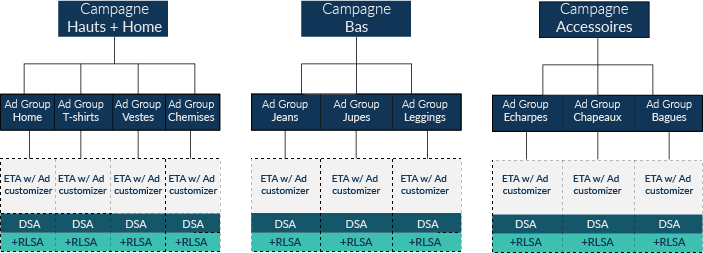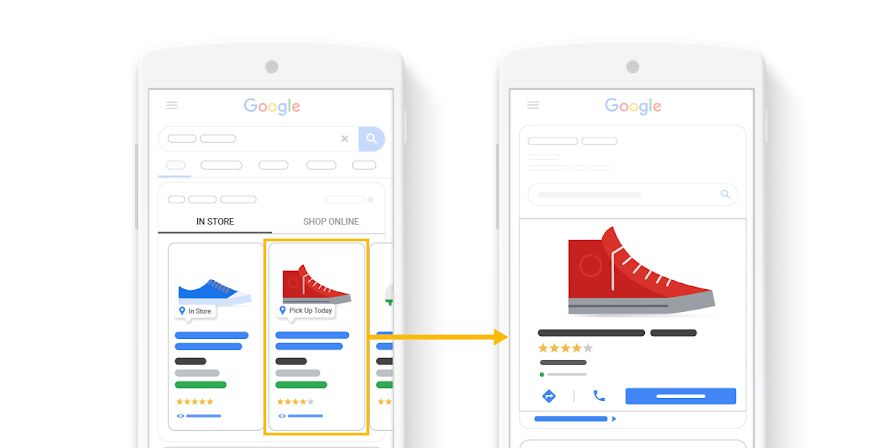Google Ads accounts had tended to have very complicated structures for several years. Why so complicated? Because the objective was to offer ads that responded precisely to users' searches. Consequently, advertisers had to increase the number of campaigns and ad groups to pick up as many semantic fields as possible.
Although this system proved itself in the past, it is now obsolete! It doesn't allow Google's smart bidding strategies to work due to keywords with a low search volume.
Now, Google's machine learning solutions conversely require high volumes of data. To maximise your performances, simpler account structures need to be built by grouping as much data as possible.
This type of account structure is known as a “Hagakure”, a reference to the Japanese samurai warriors' practical and spiritual guide.
Here at Arcane, we have trained our clients in this method, and because it works, we'll tell you more about it tomorrow!
Characteristics of a Hagakure structure
It's an SEA campaign structure designed to maximise the impact of Google's smart bidding structures.
The challenge is to bring together a maximum amount of data by reducing the number of campaigns so that the algorithms can best optimise the campaigns (create one campaign for each product category, for example).
For example, if you sell clothing on your website, then each product category should benefit from its own campaign. Thus, one campaign can be created for tops, another for bottoms and a third one for accessories.
To set up a Hagakure structure, we recommend:
- Bringing together all the keywords linked to a URL to maximise the effectiveness of Google's algorithms
- Retaining only the URLs with volume and grouping them by product categories
- Creating DSA (Dynamics Search Ads) groups in addition to each category to pick up search terms with a lower volume.
- Ensuring that the appropriate search terms are excluded to have airtight ad groups
Optimising the Hagakure structure
According to Google, optimal URLs receive at least 1,000 impressions per week. Since an ad group should include at least three ads, a URL is considered to be relevant, in terms of volume, from 3,000 impressions per week.
Over a month, this means retaining URLs that receive 12,000 impressions. In order to optimise the Hagakure structure, you have to extract website URLs via the landing page report, after counting the number of impressions. Only those with the highest volumes should be retained.
In addition, by creating dynamic search ads, you won't lose search terms from ads with a lower volume.
The Hagakure structure also brings you real business advantages:
- You get the most out of Google's algorithms which, if they are correctly used, will give you better results than manually controlled bids
- If you automate the operational part, you free up strategic time
- With sufficient data in your campaigns, the structure will soon become very profitable
The Hagakure structure allows you to make maximum use of Google Ads' automation features and save precious time.
Obviously, this strategy must be aligned with your marketing objectives. If you're looking for more control in the management of your ads, we recommend implementing a hybrid structure (performance/control) to get the most out of the algorithms and your business intelligence.






